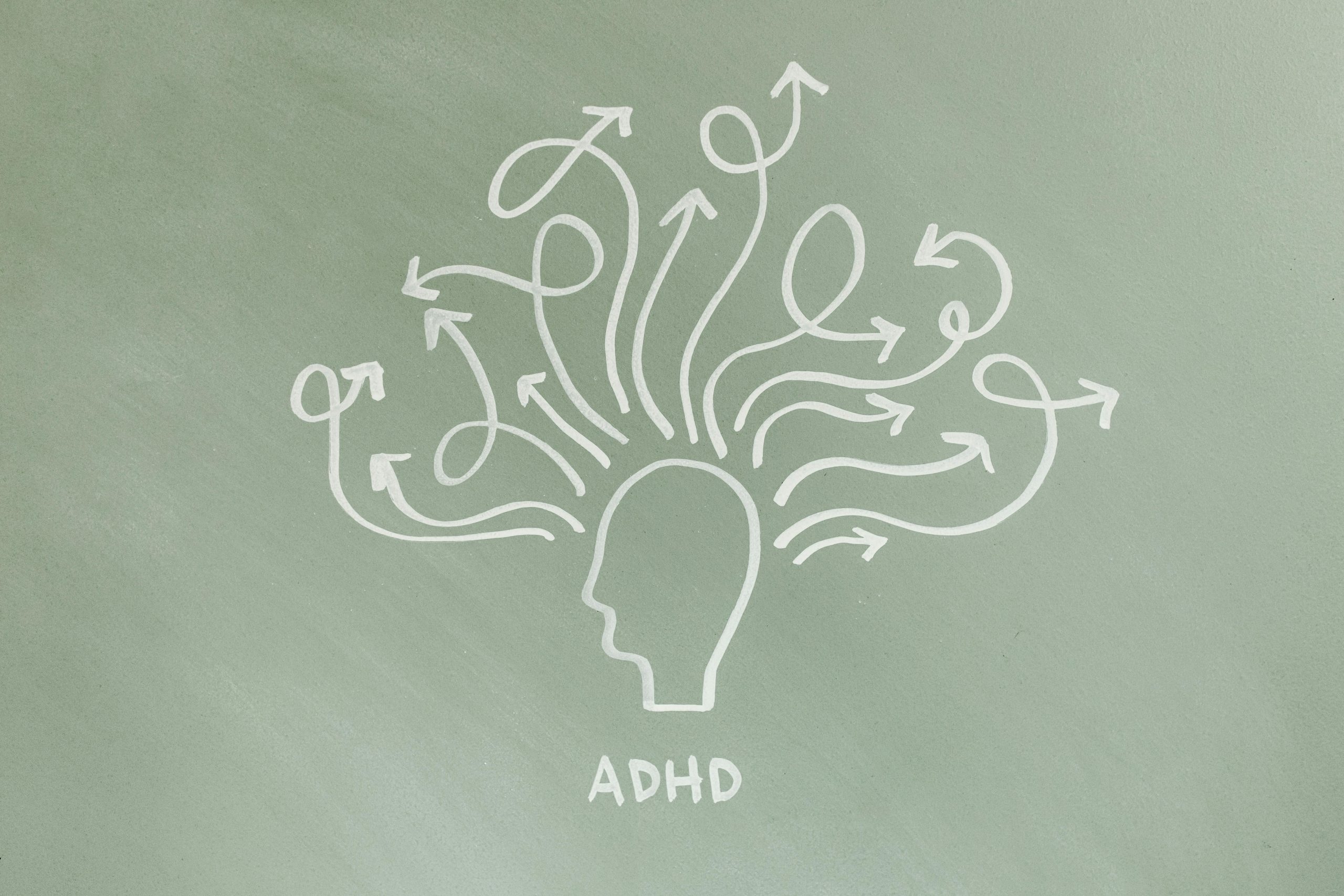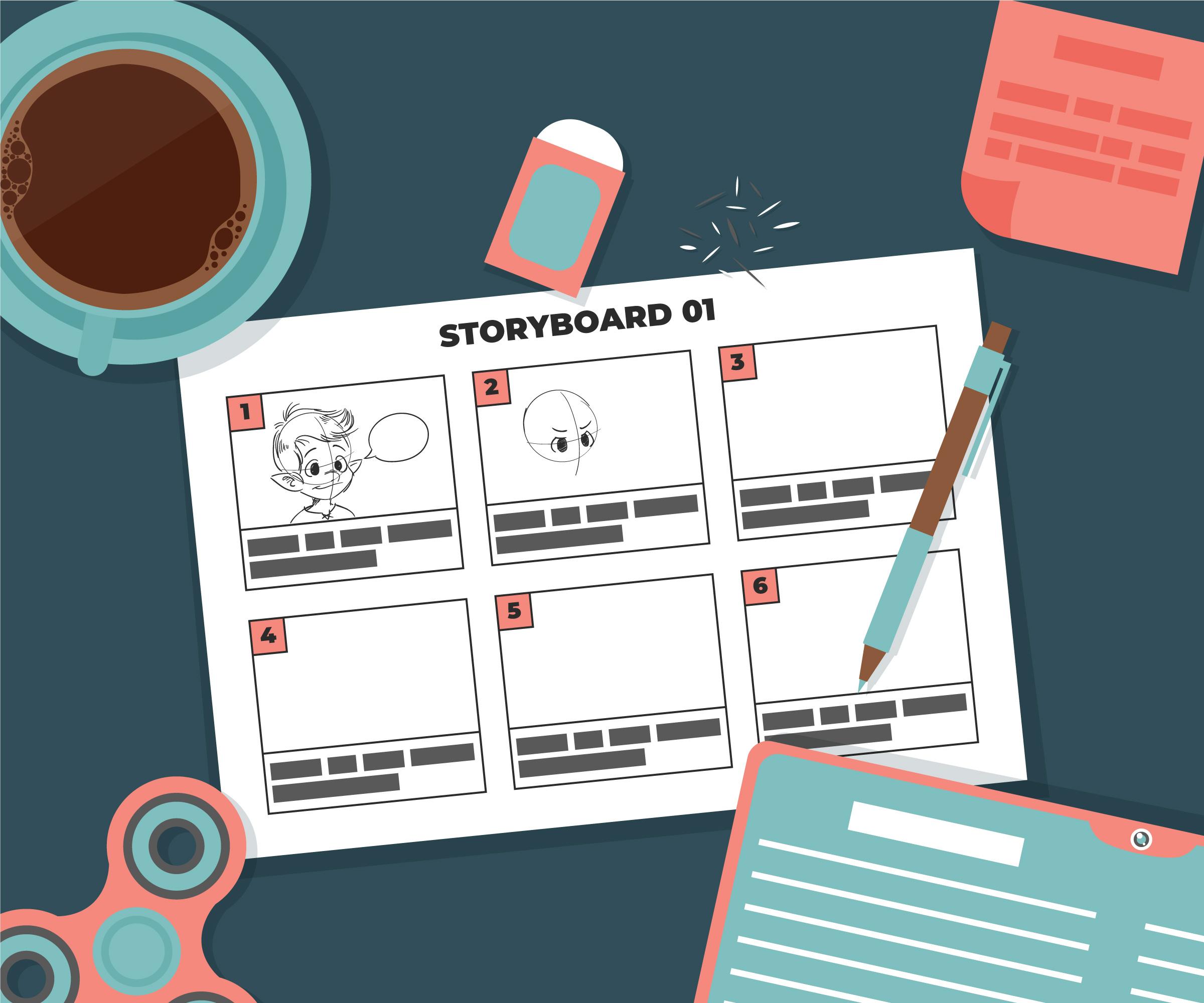
Understanding ADHD: Signs, Traits, and Steps to Take
Attention Deficit Hyperactivity Disorder (ADHD) is a neurodevelopmental disorder that affects both children and adults. Characterised by symptoms such as inattention, hyperactivity, and impulsivity, ADHD can significantly impact daily functioning and quality of life. This article aims to provide a detailed understanding of ADHD, including its signs, traits, and what steps to take if you suspect that you or a loved one might have this condition.
What is ADHD?
ADHD is a chronic condition that affects millions of individuals worldwide. It typically presents in childhood and can persist into adulthood. The exact cause of ADHD is not known, but it is believed to involve a combination of genetic, neurological, and environmental factors. The disorder manifests in three primary subtypes: predominantly inattentive, predominantly hyperactive-impulsive, and combined presentation.
Predominantly Inattentive Presentation
Individuals with this subtype of ADHD often struggle with maintaining focus, following through on tasks, and organising activities. They may appear forgetful, easily distracted, and have difficulty listening to others.
Predominantly Hyperactive-Impulsive Presentation
This subtype is characterised by excessive fidgeting, an inability to stay seated, constant movement, and impulsive behaviours such as interrupting others or acting without thinking.
Combined Presentation
Individuals with combined presentation exhibit symptoms of both inattention and hyperactivity-impulsivity. This is the most common subtype of ADHD.
Signs and Traits of ADHD
Recognising the signs and traits of ADHD is crucial for early intervention and management. Symptoms can vary from person to person, but common indicators include:
Inattention
- Difficulty sustaining attention in tasks or play activities
- Frequent careless mistakes in schoolwork or other activities
- Often appears not to listen when spoken to directly
- Struggles with following through on instructions and completing tasks
- Challenges with organising tasks and activities
- Avoidance of tasks that require sustained mental effort
- Frequently losing items necessary for tasks (e.g., school supplies, keys)
- Easily distracted by extraneous stimuli
- Forgetfulness in daily activities
Hyperactivity
- Fidgeting with hands or feet, squirming in seat
- Inability to stay seated in situations where it is expected
- Running or climbing in inappropriate situations (in children)
- Difficulty playing or engaging in activities quietly
- Often “on the go” or acting as if “driven by a motor”
- Excessive talking
Impulsivity
- Blurting out answers before questions have been completed
- Difficulty waiting for one’s turn
- Interrupting or intruding on others’ conversations or activities
What to Do If You Suspect ADHD
If you think you or a loved one might have ADHD, it’s essential to take proactive steps to seek a professional evaluation and appropriate support. Here are some actions to consider:
1. Observe and Document Symptoms
Keep track of specific behaviours and symptoms that concern you. Note the frequency, duration, and context in which these symptoms occur. This documentation can be invaluable when discussing your concerns with a healthcare professional.
2. Consult a Healthcare Professional
Make an appointment with a general practitioner (GP) or a mental health specialist who has experience diagnosing and treating ADHD. Be prepared to share your observations and any relevant family history.
3. Comprehensive Evaluation
A thorough evaluation for ADHD typically involves multiple steps, including:
- Clinical Interviews: The healthcare provider will conduct interviews with the individual suspected of having ADHD and possibly with family members or teachers.
- Questionnaires and Rating Scales: Standardised forms may be used to gather information about symptoms and behaviours from various sources.
- Medical and Psychological Tests: These tests help rule out other conditions that may mimic ADHD symptoms and provide a comprehensive understanding of the individual’s cognitive and emotional functioning.
4. Develop a Treatment Plan
If a diagnosis of ADHD is confirmed, the healthcare provider will work with you to develop an appropriate treatment plan. Treatment options may include:
- Medication: Stimulant and non-stimulant medications can be effective in managing ADHD symptoms. The choice of medication will depend on the individual’s specific needs and medical history.
- Behavioural Therapy: Cognitive-behavioural therapy (CBT) and other behavioural interventions can help individuals develop coping strategies, improve organisational skills, and manage impulsive behaviours.
- Educational Support: Accommodations and support in educational settings can assist children and adults with ADHD in achieving their academic and professional goals.
- Lifestyle Changes: Incorporating regular physical activity, a balanced diet, and sufficient sleep can positively impact ADHD symptoms.
Supporting a Loved One with ADHD
Living with or caring for someone with ADHD can be challenging, but understanding and support can make a significant difference. Here are some tips for supporting a loved one with ADHD:
1. Educate Yourself
Learn as much as you can about ADHD to better understand the condition and how it affects your loved one. Knowledge is empowering and can help you provide informed support.
2. Foster Open Communication
Encourage open and honest communication with your loved one about their experiences and challenges. Listen empathetically and validate their feelings.
3. Establish Routines
Consistent routines and clear expectations can help individuals with ADHD manage their daily tasks and responsibilities. Use visual aids, calendars, and reminders to support organisation.
4. Provide Positive Reinforcement
Acknowledge and celebrate successes, no matter how small. Positive reinforcement can boost self-esteem and motivation.
5. Be Patient and Flexible
Recognise that ADHD can cause frustrations and setbacks. Offer patience and flexibility, and avoid criticism or punishment for behaviours related to the condition.
Conclusion
ADHD is a complex and multifaceted disorder that requires a comprehensive understanding and approach. By recognising the signs and traits of ADHD, seeking professional evaluation, and implementing appropriate interventions, individuals with ADHD can lead fulfilling and productive lives. Supporting a loved one with ADHD involves empathy, education, and practical strategies to help them navigate their challenges. With the right support, those with ADHD can thrive and reach their full potential.



